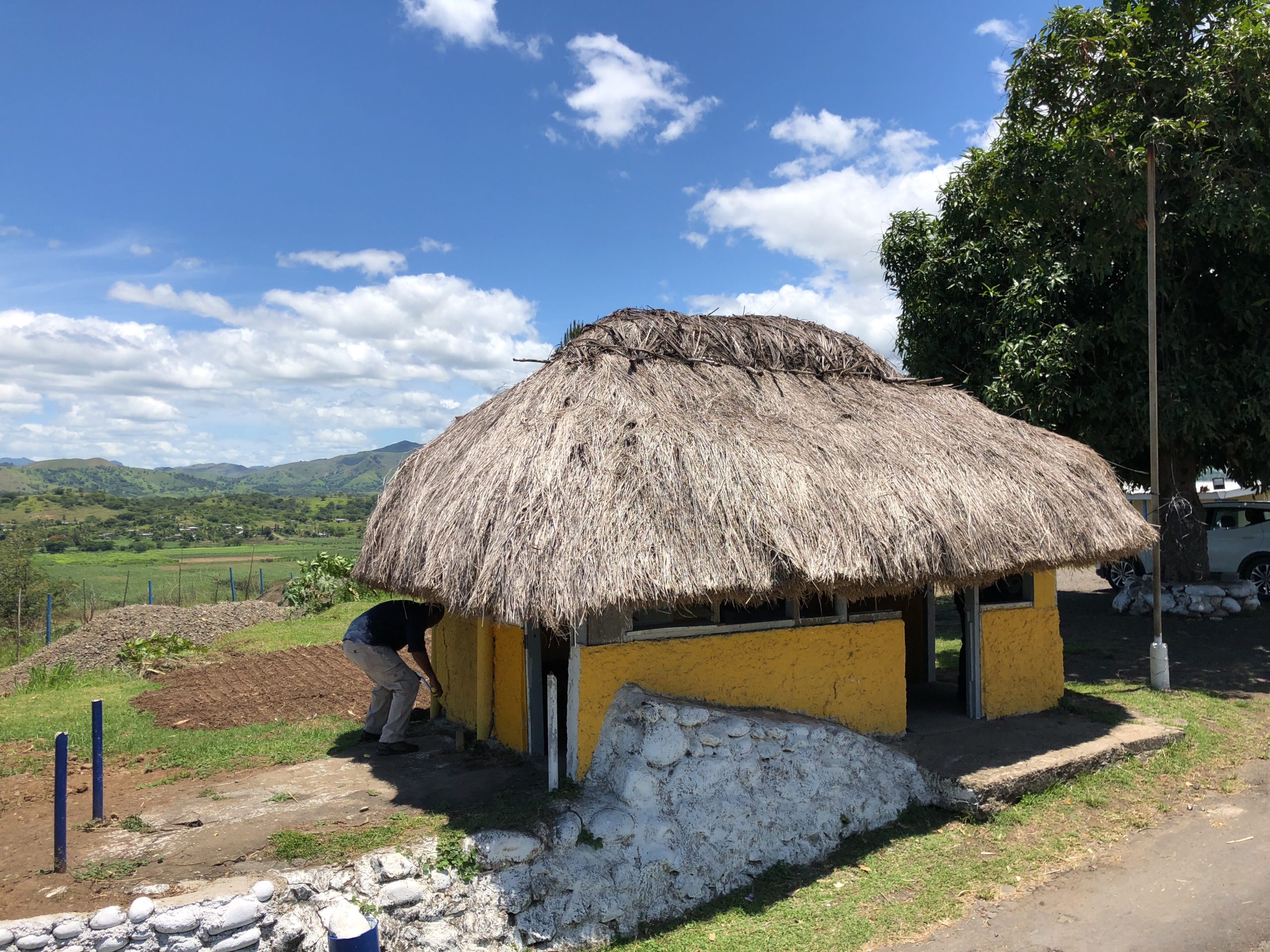Born out of Cyclone Althea and Cyclone Tracy’s devastation during the 1970s, James Cook University’s Cyclone Testing Station (CTS) has brought about significant improvements in building safety throughout Australia and the Pacific. When it commenced operations in 1977, CTS conducted specialised research that focused on the effects of wind on a variety of building products for low rise buildings, and refined testing techniques for the building industry.
CTS research has identified improved design and construction methods to ensure that buildings in Northern Australia, Fiji, and Tonga have increased resistance to cyclones. In Australia, the CTS found that garage and large exterior doors were often the most vulnerable part of a building and were linked to the extensive building damage that occurred during cyclones.
Through engagement with industry stakeholders, including builders and engineers, the CTS made improvements to standards for the design, installation, and testing of garage doors in both Australia and New Zealand. The CTS also undertook regional projects in Fiji and Tonga to increase cyclone resilience among communities in the Pacific. Collaborating with the Fiji Institute of Engineers, CTS provided education workshops for builders and engineers that focused on wind-resistant building designs.
Through this research, the CTS has brought improvements to the building and infrastructure of nations throughout the Pacific, as well as enhanced building and construction codes in Australia and internationally. These real changes to building and infrastructure has ensured that people and communities throughout the Asia-Pacific region are prepared, proactive, and informed about cyclone resilience.





